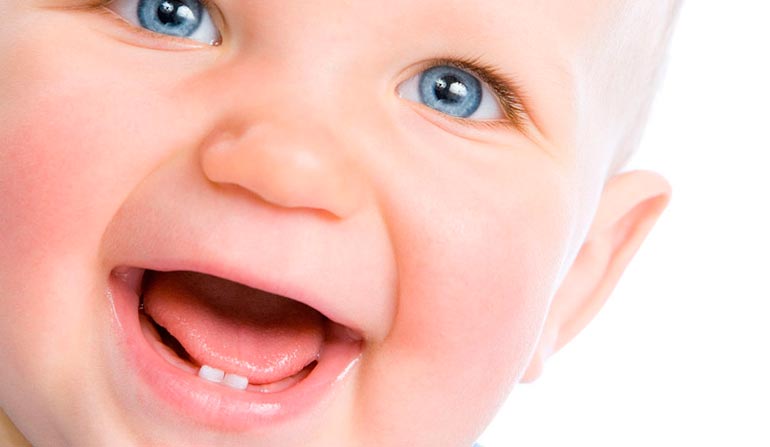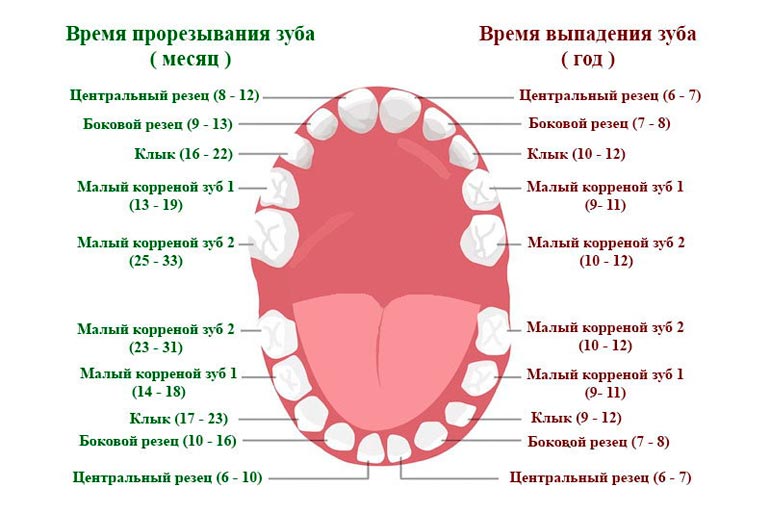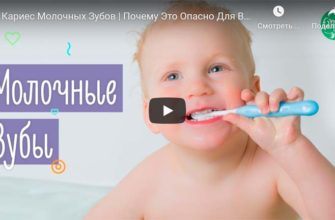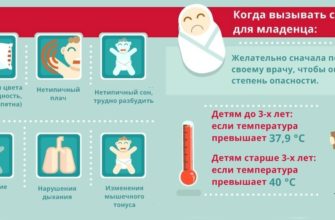From three months on, babies can expect teething of their first teeth. The appearance of a tooth is an exciting event for parents. Often, mothers take a photo of the first clove as a keepsake.

There will be twenty primary teeth and they will be cut in a certain sequence. Each tooth has a name and certain functions.
A special table of tooth growth in children has been developed, focusing on which, you can understand when you need to wait for their teething. In some children, these periods can vary quite a lot. And this is completely normal.
After all, the beginning of the beginning of tooth growth in boys and girls depends on genetics and individual development. And it is not possible to influence him.

Signs of first tooth growth
When a calm and smiling child suddenly becomes tearful and irritable, most likely his teeth begin to be cut. In some cases, the teeth climb so hard that the baby rises, a slight runny nose appears, and there may be diarrhea. As a rule, the most difficult thing is with the upper teeth and fangs. But do not be very scared, not all children do this. Much more often, the first teeth cut through quickly and almost painlessly, delivering only temporary inconvenience.
A sign that the child is preparing for the appearance of the first teeth is drooling. Active salivation may begin as early as the third month of a child’s life. Drooling usually does not bother the baby.
If you look into the mouth of a baby you can see pink gums. When the tooth begins to grow, the gum swells a little and a tubercle appears. In the place of which, after a while, a strip of white tooth will appear. Sometimes these tubercles become edematous and reddened. During this period, touching them causes pain in the baby.
On days of active tooth growth, the child begins to pull the handles in his mouth, as if showing where he has pain. You can offer the baby to gnaw a special teether for the first teeth. It is convenient to wash, and thus, you don’t have to worry that the child will bring any infection into his mouth.
Often, gum pain affects the daily routine of the child. Infants can sleep poorly, appetite changes. Some babies cry out in a dream, others wake up and cry. For mom, the most difficult sleepless nights come.
Since, most often, the cause of this behavior in a child is gum pain, you can remove it with the help of medicines.
What helps with teething the first teeth
To alleviate mild pain during teething in a child, you can use a light massage of the gums. The baby will be pleased if something cool is applied to the gum. With severe pain, these funds will no longer help, so you can use medications.
The drugs used for teething in children can be divided into two groups: those containing local anesthetics (usually benzocaine or lidocaine) and not containing them. Most drugs are available in the form of ointments and gels.
Some children, because of pain, do not allow touching their gums. And to smear them becomes problematic. Try the drug "Dantinorm Baby." It is released in drops for oral administration. You will not need to torment the child by touching irritated gums. Simply squeeze the entire solution (1 ml) from the individual container into the baby’s mouth. It is very convenient. In addition, the drug does not contain anesthetics (lidocaine, benzocaine) and preservatives, which is good for all babies.
Fortunately, the teething period does not last long, and, with the appearance of teeth, the baby calms down, and his sleep and mood normalize.









When my son got teeth, I smeared his gums with gel. The first teeth of Baby Doctor. We really helped to cope with the pain during teething, the son ceased to act up